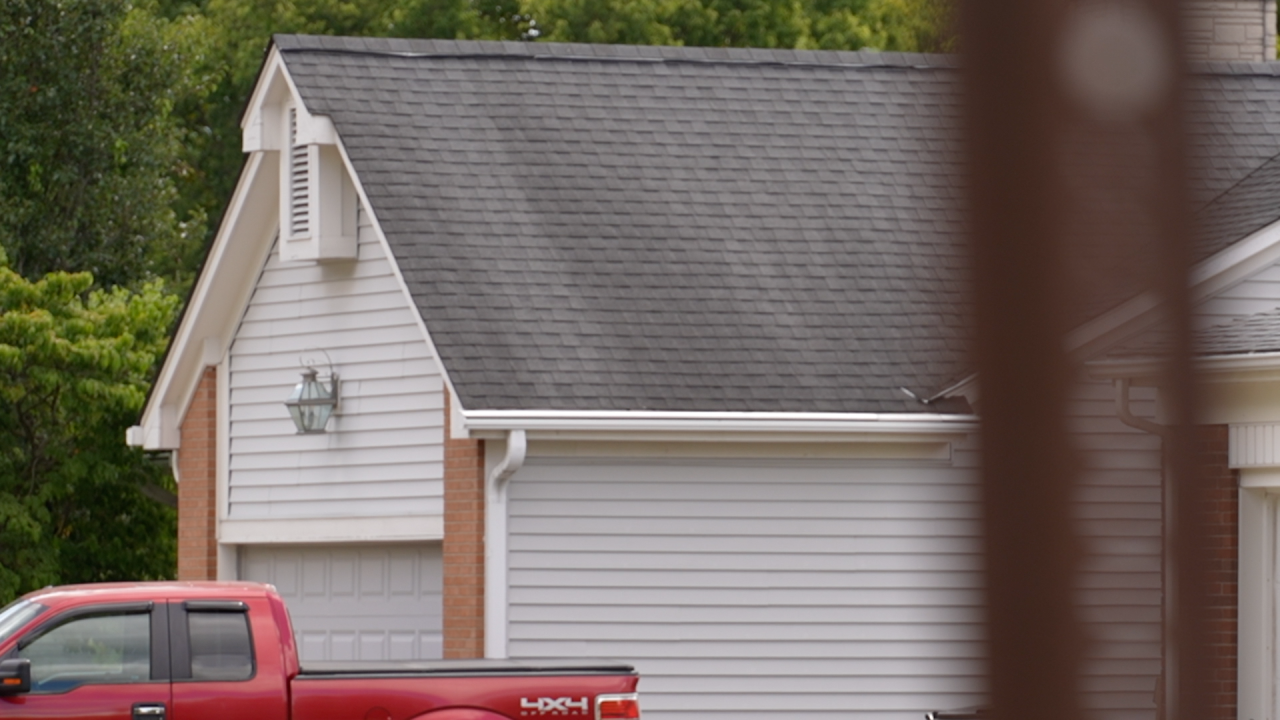BUTLER COUNTY, Ohio — Property owners in Butler County are still reeling from the last property value reboot, and the county auditor is warning many will see additional tax hikes as homeowners across the county and state look for relief.
The county is undergoing another mandated reappraisal — the last time values shot up an average of 37% — and Butler County Auditor Nancy Nix said early indications are values could increase 13% to 25%, as of January 2026, to be paid the following year.
Some of the things to be aware of:
- Properties are reappraised every six years, and values are updated every third year
- The auditor’s office is in the process of the sexennial reappraisal, when all 160,345 parcels are revalued
- Value increases don’t necessarily translate to equivalent tax hikes, and the 20-mill floor is the key culprit in the knotty property tax crisis
Nix said taxpayers in the Fairfield and Lakota schools would see an increase of 2 to 10%, while those in the other eight school districts would see an increase of 10 to 20% on their property tax bills.
WATCH: Butler County could soon see a property tax hike. Here's why
“With the real estate inflation being so exacerbated, this has resulted in windfalls for certain school districts at the 20-mill floor. One local school district from ‘22 to ‘23, their revenues went from $20 million to $26 million,” she said. “These windfalls are going to the school districts because of the 20-mill floor and that is fact. People in school districts at the 20-mill floor, their taxes are up 25 to 50% in the last six years.”
Ohio law says once a school district’s total current expense millage is reduced to 20 mills, it cannot be reduced any further, so tax revenues grow as property values increase.
"Everybody's got a budget. I'm having to budget a little bit more than I would like," said Jeff Moore, a retired Middletown homeowner. "Property taxes can be a real problem for people when they have hard times, and no one in the state thinks anybody has a hard time."
In 2024, the property tax bill for Moore's home shot up 15 to 20%, he said.
"Which is thousands of dollars. I have joked for a long time, I don't actually own my house, I've rented from the state of Ohio," he said. "When I can't pay it anymore, they'll be happy to take it back."
As someone who owns rental properties, Moore said, it's not just homeowners feeling the property tax pinch.
"For a new investor, it's very tight, so they have to pass that on," Moore said. "So, yes. The renter pays almost immediately."
Nix said the reappraisal is about 50% complete, and she will have a better idea of the true impact in October and final numbers in March.
"The sentiment is real. I can see it when I talk to people at meetings. I can see it, especially on social media, the outrage, it's unsustainable for many of our taxpayers," Nix said of the growing property tax problem in Ohio. "We are at an inflection point. Some people call it the Boston Tea Party point."
Looking toward solutions, Nix pointed to the list of four recommendations made recently by the County Auditors' Association of Ohio (CAAO) for state lawmakers:
- Expand the Homestead Program: the CAAO recommended increasing the valuation that would be exempt from property taxes and the income threshold to allow for more participants in the program.
- Eliminate the Non-Business Credit and expand the Owner Occupancy Credit: the CAAO proposed eliminating the non-business credit, which it stated "often benefits for-profit owners," and in turn, expanding the owner occupancy credit to provide support for owner-occupied homes.
- Changes to the 20-mill floor calculation: the CAAO proposed eliminating the hard cap on rate reductions and instead limiting growth to an inflationary rate.
- Create "a menu of targeted relief": create a program targeted at supporting low to moderate-income residents with things like tax deferrals and income tax credits.




